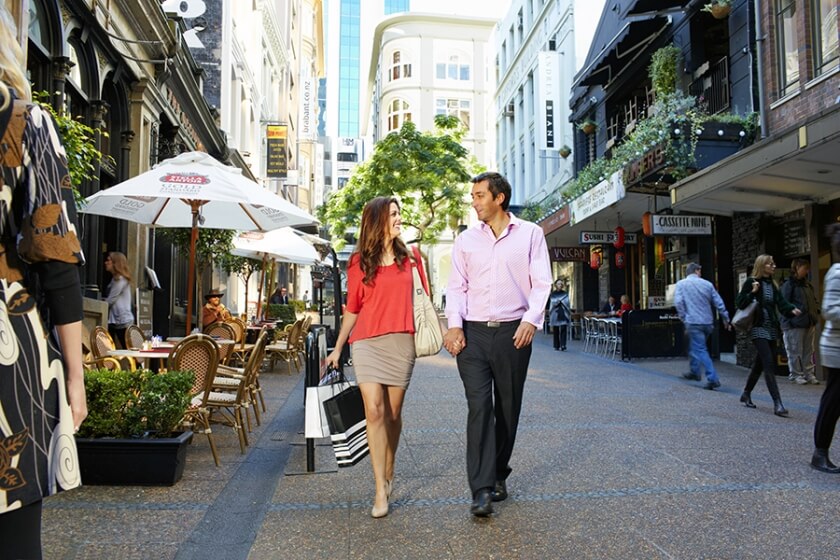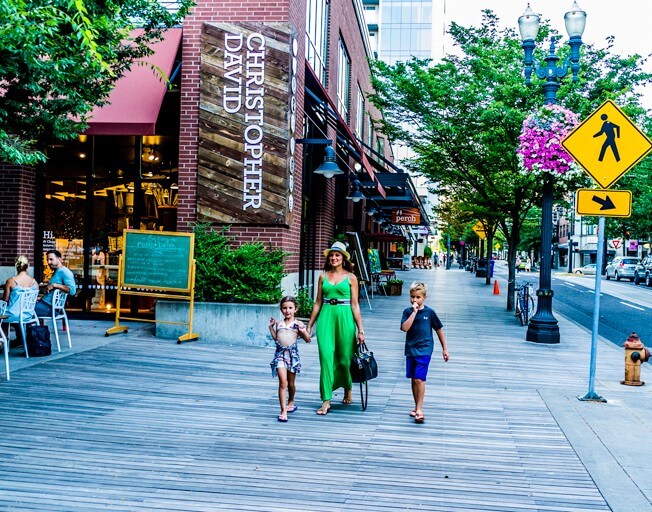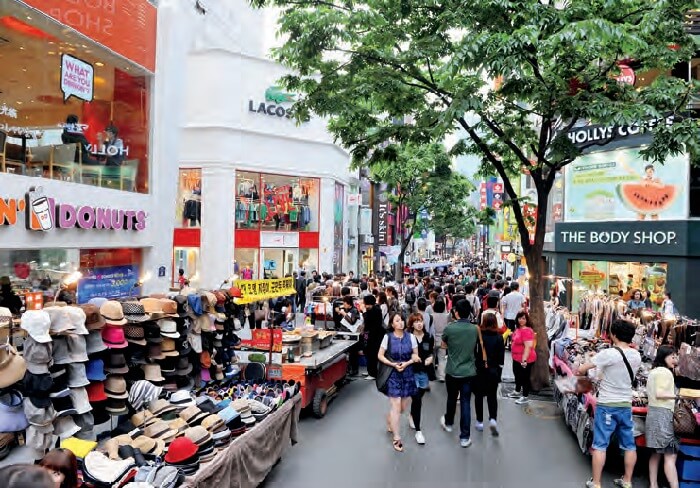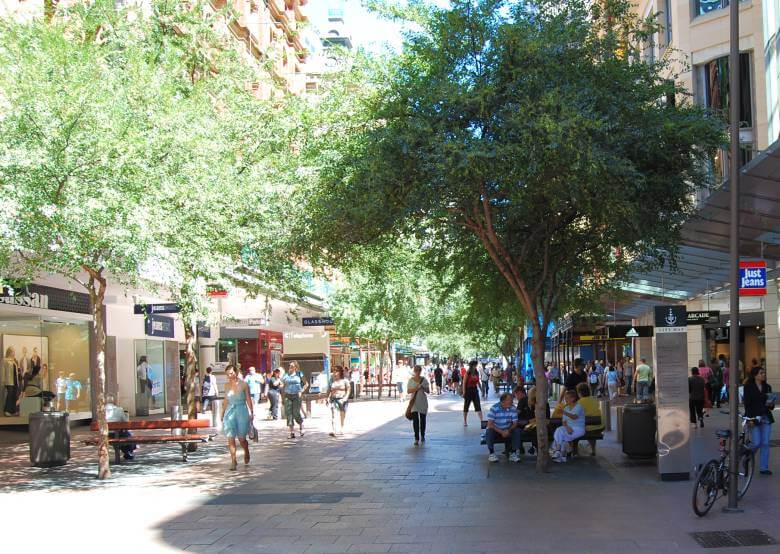Innovation often comes in small packages and it can take awhile to be adopted, it may have in fact been around for a while.
I was doing some mapping the other day, and I think a very clever innovation, that often isn’t used, is the way geospatial data can be accessed and shared across the web.
If you want to talk about big data, then start with geospatial data: it’s terrabytes of data. For decades practitioners have been sending large datasets around. It’s very common in consultancies to be sitting around waiting for a DVD or a CD of data to be sent via snail mail. Even though we only focus on one site or region, we often have large datasets covering the entire state or country. .
A new approach to sharing geospatial data, supplying data through a ‘Web Map Server’, means you don’t have to download that data onto your computer and you can ensure that it is always up to date. You request the layer through the web (you need the URL) and you can then analyse and use the data as it was on your computer. The owner of the original data will update it as required giving you confidence you have access to the current real time data. It can be requested as a WMS (raster) or WFS (vector).
There are 600 or more datasets freely available from Victoria’s data.vic.gov website. There are hundreds of simple and clean base maps that the USGS, ESRI and Open GIS provide and by the same standard, they work with any software package. Of course you’ll need a pretty good internet bandwidth!
Victoria's coastline. A map generated using data from a web map server.
So, in summary, it’s more accurate, saves you having to store gigabytes of data on your own system and saves you time.
Try it out.





